New Innovative Belay Device from OCUN: The Bow
New from OCUN the Bow Belay Device
The assisted braking belay device bringing
unparalleled smoothness, safety and lightness to the climbing world.
Offering maximum safety and
smoothness while climbing.
Smoothness, safety and lightness - These three words define BOW the new assisted braking belay device. It is the ideal choice for sport climbing and gym training, where every belayer will appreciate a reliable yet ergonomic device when falling frequently. With a weight of only 71 grams, the BOW becomes one of the lightest assisted braking belay devices on the market.
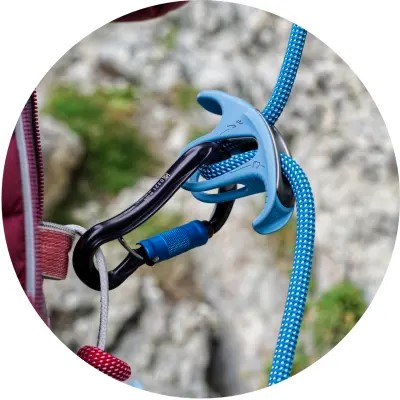
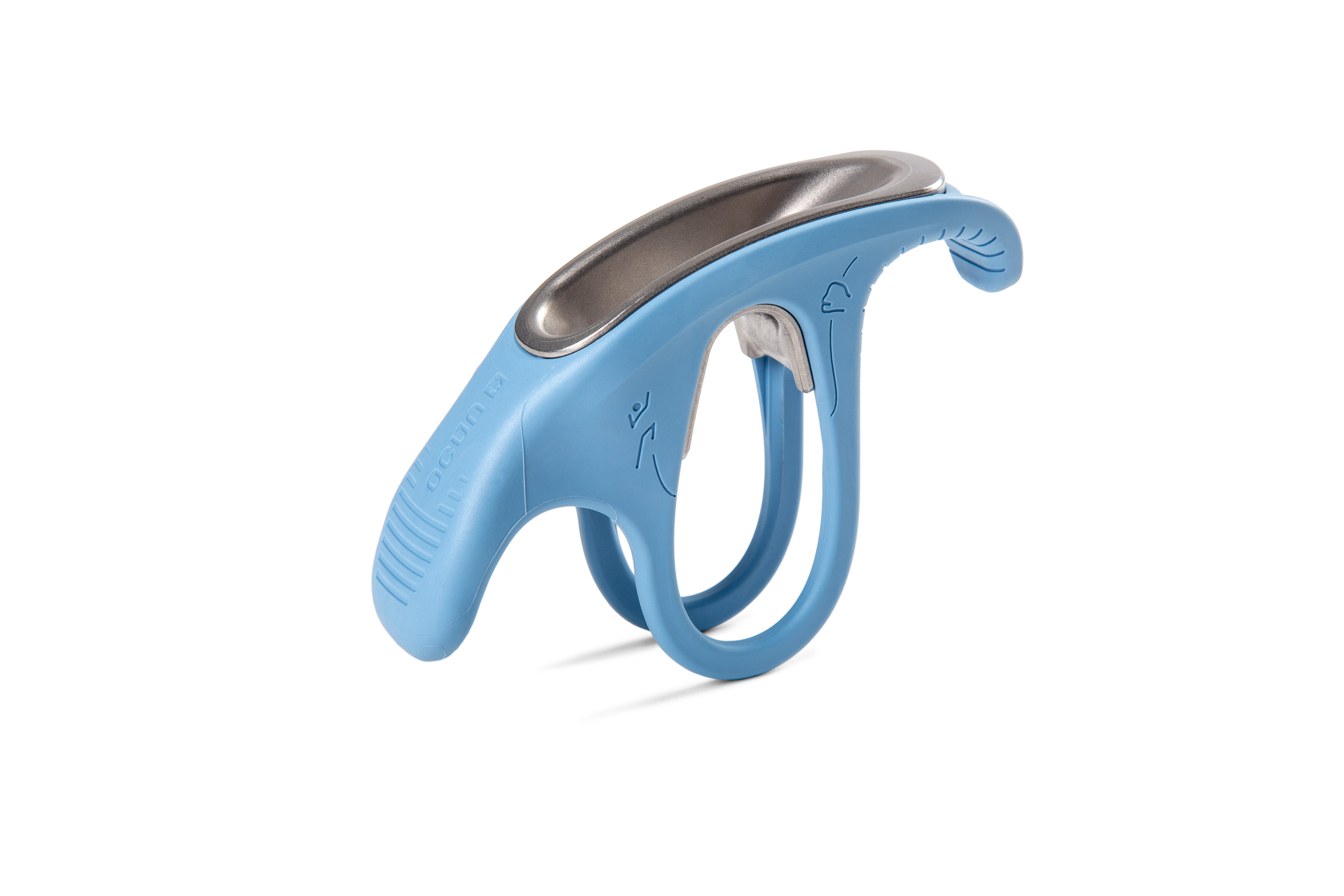
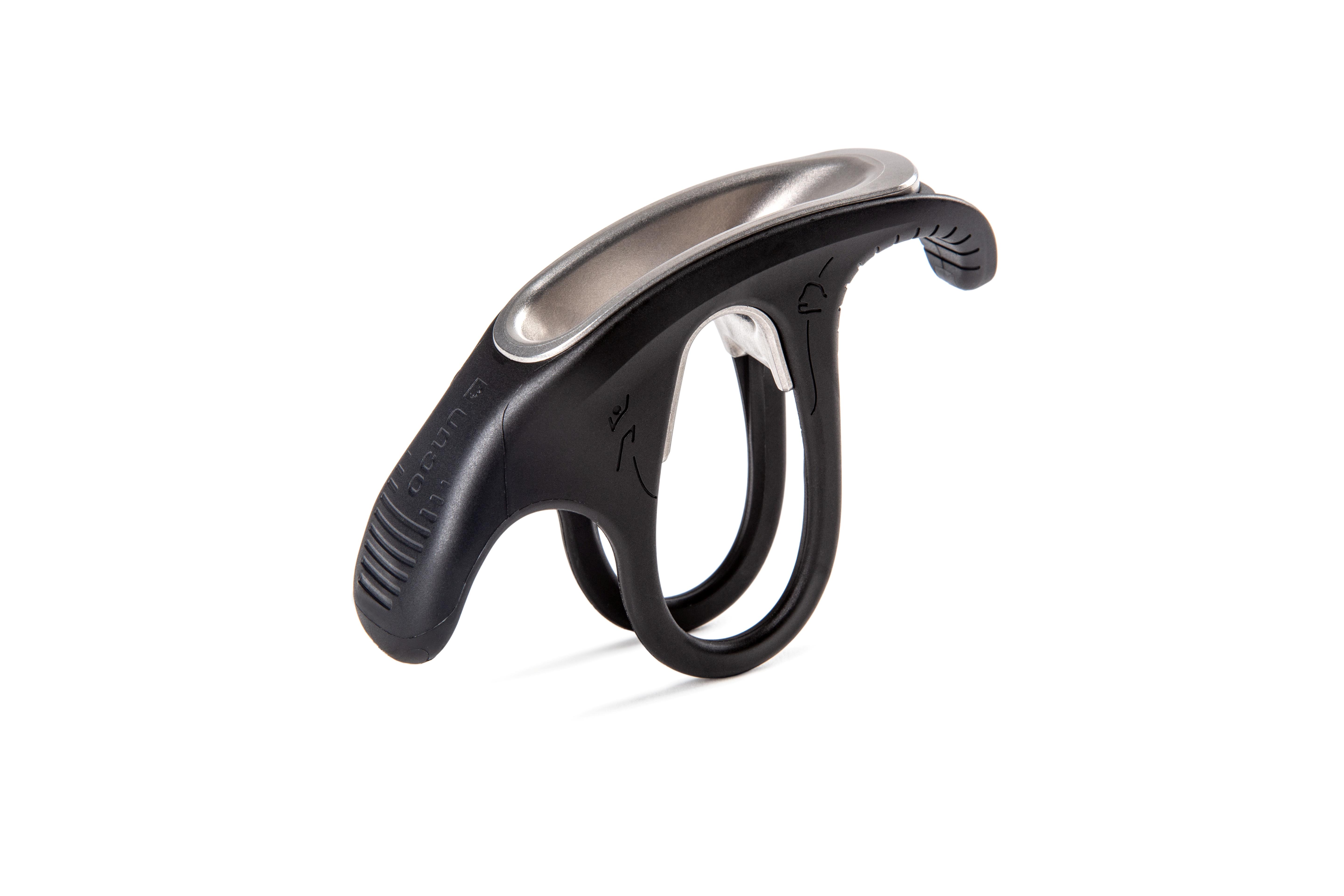
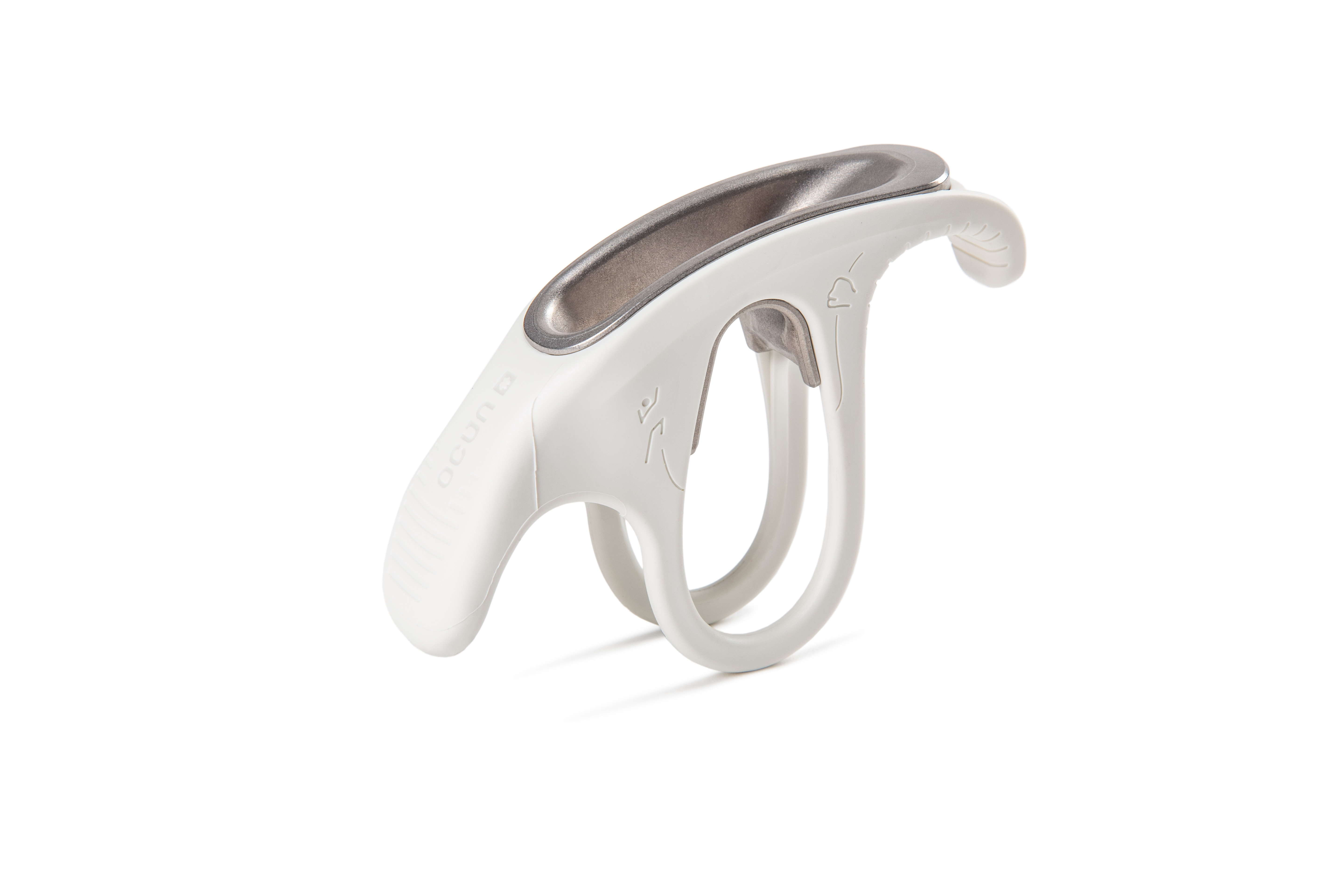
Durability Made from high-quality materials for long-lasting performance. 
Lightweight At only 71 grams, the BOW is one of the lightest belay devices on the market.
Ergonomic Design Comfortable, easy-to-use design, even for beginners
BOW Belay Device - Up Close
Discover this innovative assisted braking belay device, perfect for sport climbing and gym training.
Durability
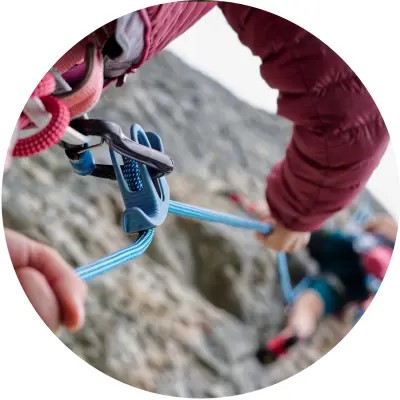
The BOW belay device is made from highly durable materials, including an abrasion-resistant metal insert, ensuring long life and reliability with every belay. The plastic body is built to handle tough conditions – it can withstand hard impacts, drops onto sharp surfaces, and even the full weight of a loaded gear pack without damage. As long as it’s not exposed to extreme force, such as a hammer blow, the BOW remains reliable and durable.
Lightweight Assisted Braking
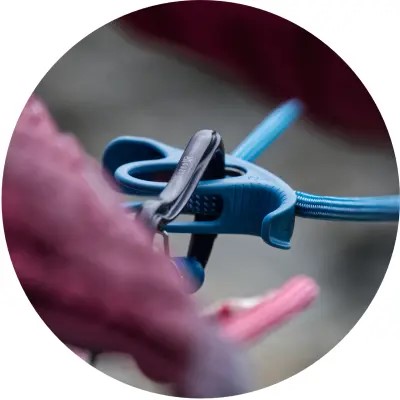
One of the
key features of the BOW belay device is its lightness – weighing only 71 g,
it’s among the lightest assisted braking on the market. Despite
its low weight, BOW delivers excellent performance. It's a lightweight device
that is barely noticeable in your pack, yet it retains its strength and
reliability, a combination that every climber will appreciate. BOW proves
that low weight and high performance can go hand in hand.
Smoothness

The BOW
belay device exceeds standard safety requirements (EN 15151-2, UIAA 129)
while offering superior smoothness for rope handling and
lowering the climber. This smoothness ensures quicker rope feeding than
competing products, providing an efficient and safe belay experience.
Ergonomic Design
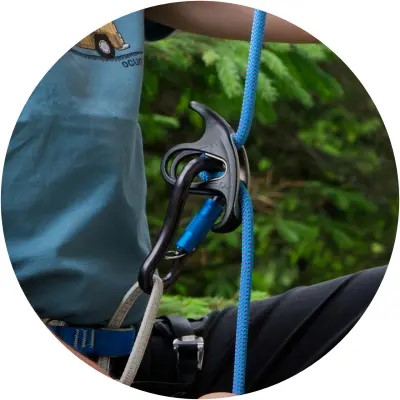
BOW's
ergonomic design stands out for its maximum comfort and ease of use. It
is suitable for ropes with diameters between 8.5 and 11 mm, with
the best performance on ropes between 9.5 and 9.8 mm. Its intuitive
controls allow for quick and smooth lowering of the
climber, making it not only safe but also easy to control.
Additionally, with several different lowering techniques, BOW meets the needs
of all climbers, from beginners to advanced users.
Style and Functionality
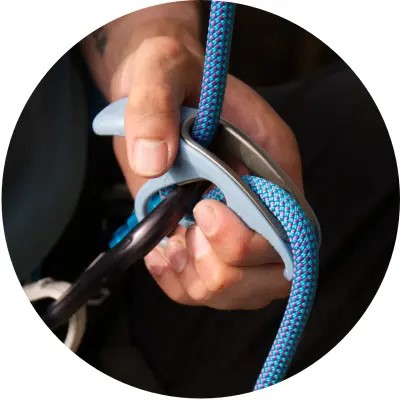
BOW isn’t
just about performance; it’s also about style. With elegant lines and precision
craftsmanship, it’s both a functional tool and a design piece.
Available in three colour options – black, blue, and white –
BOW allows every climber to express their personal style. This belay device
combines aesthetics with functionality, delivering outstanding performance even
during the most demanding climbing challenges.
Practicality and Reliability

The
practicality of the BOW belay device lies in its versatility and ease
of use. Its lightweight and intuitive design make it an ideal
companion for daily training sessions and challenging climbing expeditions.
Proudly made in the Czech Republic, BOW guarantees high
quality and precision workmanship, ensuring long-lasting reliability for years
to come.
How to use BOW
Wondering how BOW works? Below, you’ll find a complete guide on how the
braking assistant works as well as the options BOW offers for lowering the
climber.
Braking Assist
BOW is equipped with an
advanced brake assistant that ensures safe belay during climbing. This
system allows for easy rope feeding and taking in slack, while
automatically blocking the rope in case of a fall, preventing unwanted
slippage. The images below show in detail how to properly manipulate the BOW
device - from the efficient slack management and smooth rope feeding to
automatic blocking during a fall. Thanks to the braking assist, belaying
becomes not only safer but significantly easier and more intuitive.
1) Taking the Rope 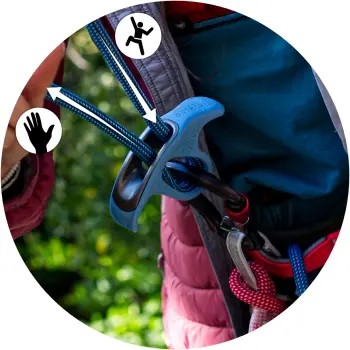 2) Slack the Rope
2) Slack the Rope 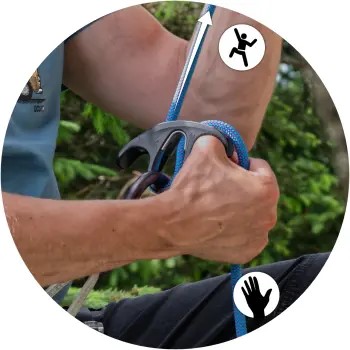 3) Fall Catch
3) Fall Catch 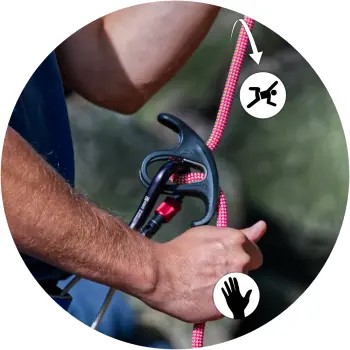
1) Taking the Rope: This step shows how to properly take the rope to eliminate slack between the climber and belayer. The white arrows indicate the movement of the hands - one hand pulls the rope downward away from the climber while the other hand takes the rope from under the belay device.
2) Slack the Rope: This shows the correct way to slack the rope, for example when the climber needs more freedom for climbing. The thumb of the hand lifts the belay lever upwards and the other hand pulls the rope towards the climber (white arrow). In this way, the climber can get the necessary rope for the next move.
3) Fall Catch: his step demonstrates how the belay automatically blocks the rope in the case of a climber's fall. As soon as the climber falls (symbolized by the icon of the climber falling downwards), the belay device automatically closes and blocks the rope, preventing the fall. The hand holding the rope under the device is crucial to ensure safety and proper activation of the braking mechanism.
Multiple Smooth Lowering Techniques
One of the key features of the BOW device is its ability to provide smooth and controlled lowering of the climber. The images below show the correct techniques for rope feeding during lowering. The key element here is the use of the lever, which, when pressed down, allows the rope to pass smoothly through the device. This method lets you precisely control the lowering speed, ensuring not only safety but also the climber’s comfort. Understanding and mastering these techniques will allow you to belay your partner with maximum confidence and control.
Step 1 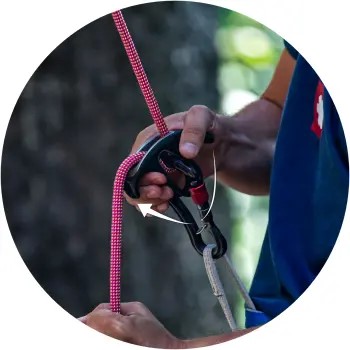 Step 2
Step 2 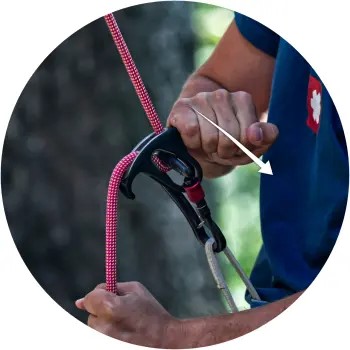 Step 3
Step 3 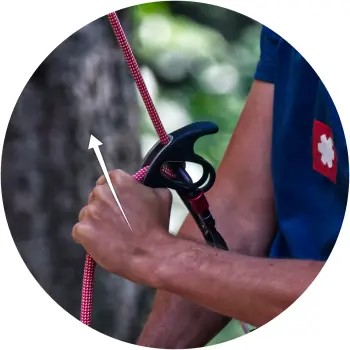
Step 1: This picture shows how the thumb is used to unlock the belay device. The closed grip is used to push the lever on the belay device downwards (indicated by the white arrow). This releases the rope, allowing it to slide smoothly through the device.
Step 2: In this step, the user squeezes the lever with the pinky edge while controlling the speed of the rope with the other hand. The downward movement of the lever (white arrow) allows for greater release of the rope. In this way, the speed of the climber's descent is controlled.
Step 3: Here the full release of the belay device is shown, with the user still holding the rope with his hand to adjust the speed of the rope. This step demonstrates the importance of controlling the rope to avoid unintentionally lowering the climber quickly.
